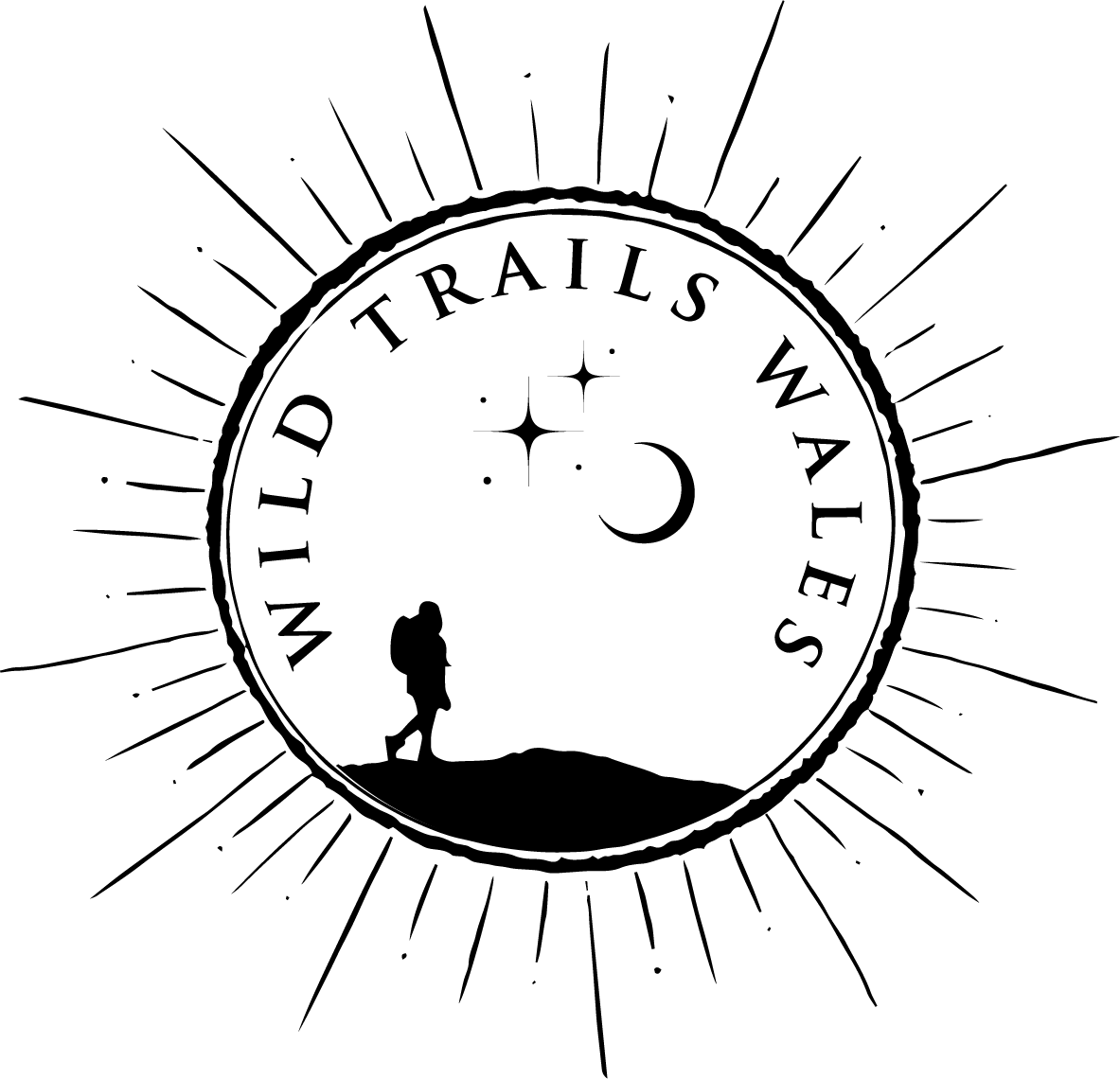Wild Trails Wales Guide: The Wild Celtic Rainforests of Wales
Looking through the canopy of an area of celtic rainforest
Without getting too much into the use of the word ‘wild’ as it is a word that seems to spark an, ahem, wild debate amongst outdoors people, it is probably not very controversial to say that there are few truly wild places remaining in Wales.
Thousands of years of use and exploitation of the land by human inhabitants means that almost no part of this land has gone unaltered in some way by us. At first glance our mountainsides may seem wild enough, but most of those mountains were covered in trees until the Mesolithic period when humans undertook large scale slash and burn to create grazing land to attract ruminants which were then easier to hunt. In more modern times, coal mining, slate and limestone quarrying have removed literal whole mountainsides and created new, man-made landscapes. River valleys have been dammed and flooded to create water reservoirs, and huge numbers of sheep have grazed the land bare in places.
I’ve said more than once that I believe that we as humans should consider ourselves part of nature, so it could be argued that the landscapes we have today are wild, just very much dominated by the human species. In fact our modern, human-shaped landscapes provide vitally important habitats in themselves, with carbon and water storage, soil regeneration and important habitats all present in the human and farmed landscape. We came across an Adder living under an old dry stone wall on a mountainside last spring. It was obviously very happy in its man-made home!
With all that said, there is something magical about the idea of an almost pristine, ancient natural environment to be found here in Wales, one that is truly wild. Enter, the Celtic Rainforests.
Amazing oak trees and the important dead wood lying underneath
Even rarer than a tropical rainforest, these coastal temperate rainforests are found around the world in temperate areas, which have a mild climate and high level of rainfall. As you may well know, we have all of these conditions here in Wales, and that is why we have these special habitats. Historically, they would have been much more widespread across Wales, but are now only found in very small pockets of areas that are typically quite inaccessible, such as steep river gorges and ungrazed hillsides.
If you picture a magical enchanted woodland of fairytales, this is what you get in the celtic rainforests! The damp, leafy smell, the sound of water cascading around and light glittering through the trees makes a walk through the woodland completely spellbinding.
The celtic rainforests are charaterised by trees including oak, hazel, birch and ash, and their thousands of species of ferns, lichens, mosses and funghi. In spring and early summer the woodlands are blindingly green, deepening to darker green and bronze into the autumn and winter. Bird species such as pied flycatchers, dippers, grey wagtails, wood warblers, tree creepers and redstarts can all be found here.
Often situated in steep gorges, and areas that are humid with plenty of rainfall, the sound of water is ever-present
Given the extremely special and rare nature of these habitats, it is so important that they are protected from disappearance due to the threat of invasive species such as Rhodedendron and non-native conifer, likely plantation-escapees, as well as overgrazing. There is a fantastic 7 year conservation project working with forests in Snowdonia and mid-Wales, including events, education, and a volunteer programme.
Visitors to the forests can help by sticking to trails and taking care not to damage the mosses and lichens which can take hundreds of years to grow! Visiting, learning about these special habitats and becoming interested in their protection will help enable their survival for the future.
The 7 year Coedwigoedd Glaw Celtaidd - Celtic Rainforest project aims to inspire the next generation to protect these special habitats (pic of my daughter exploring the rainforest with me)
There is more information about the Celtic Rainforests on the project website here >
Have you ever heard of the celtic rainforests or visited one? I’d love to hear what you thought of them, please let me know!




